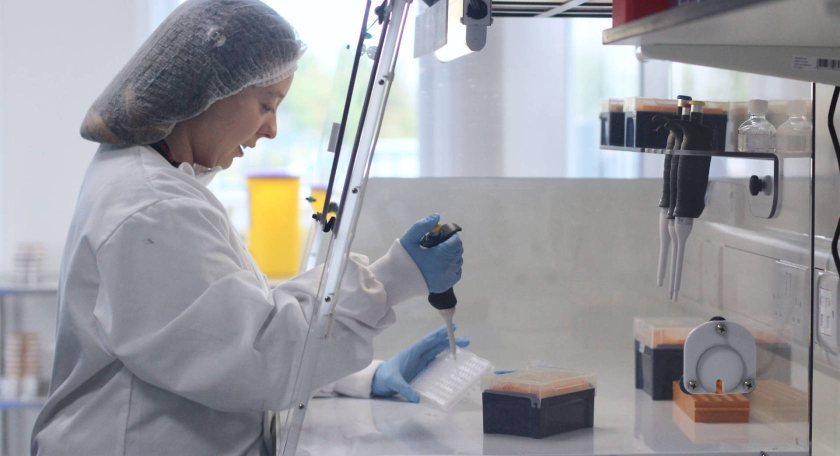
A simple, rapid test to identify the most economically damaging disease in the UK for oilseed rape will be available to buy from September.
Microgenetics says it has created the fastest and most accurate test on the market for light leaf spot, which can cause losses in yield of up to 30%.
This translates to a huge £80 million loss for the UK economy every year, the company says.
SwiftDetect has been extensively trialled with excellent results and will be available from 12 September with a one business-day turnaround.
“Before SwiftDetect, it was impossible to identify the best time to apply fungicide as once signs of light leaf spot are visible, they aren’t as effective,” says Chris Steele, of Microgenetics.
“SwiftDetect will provide farmers with the means to identify the golden window of opportunity when fungicides will be at their most effective.
“As SwiftDetect can detect light leaf spot before symptoms are visible, it will optimise fungicide efficacy, delay costly fungicide applications in low detection fields and target applications to specific fields with high and early pathogen detection.
"This can potentially reduce overall cost and minimise crop protection use," Mr Steele says.
Trials conducted with Scotland's Rural College (SRUC) and the AD4PT Group in Nottinghamshire monitored several oil seed rape varieties with different resistance scores, with some surprising results.
Andrew Hartley, arable technical manager for DSV UK Ltd, was involved with the trials and says that using SwiftDetect to identify when disease is not present is as valuable as when it is.
“The hardest decision in agriculture is always not to do something,” Mr Hartley explains.
“Many farmers, myself included, have been guilty of spraying crops on a predetermined particular calendar date, with sometimes little knowledge of whether or not disease is in the plant.
“If you have information that definitely tells you there’s no disease, then the likelihood is you wouldn’t spray for that disease, which would save you time and money, and would be better for the environment.”
Mr Hartley believes that in the future, farmers could need to provide justification for applying fungicides to a government heavily invested in a more environmental approach to farming.
“I think farmers will have to justify why they’ve sprayed something in the future and what they’ve sprayed for,” he says.
“One day, it’s very likely that conducting these tests will become part of general farming practice.”
Rainfall is currently used by many as a way of predicting the likelihood of light leaf spot occurring, but data from the trials revealed that this isn’t a reliable means of forecasting.
“The trials revealed a positive link between rainfall and light leaf spot detection. However, none was found in one variety, Dart, despite high levels of rain,” says Mr Steele.
“Favourable environmental conditions do not guarantee disease presence, which is why SwiftDetect will prove an invaluable tool.”
Mr Steele adds that SwiftDetect could also help farmers and agronomists select varieties more accurately.
“Despite the resistance score of Crossfit and Duplo both being 5, a significant difference in pathogen load was evident between the two,” he says.
“This suggests that SwiftDetect could be used to assess variety resistance more accurately, helping agronomists and farmers make informed and up-to-date decisions.”
SwiftDetect is being adapted to test for other devastating diseases. Trials are already underway for Phoma, which will be the second test for oilseed rape.
